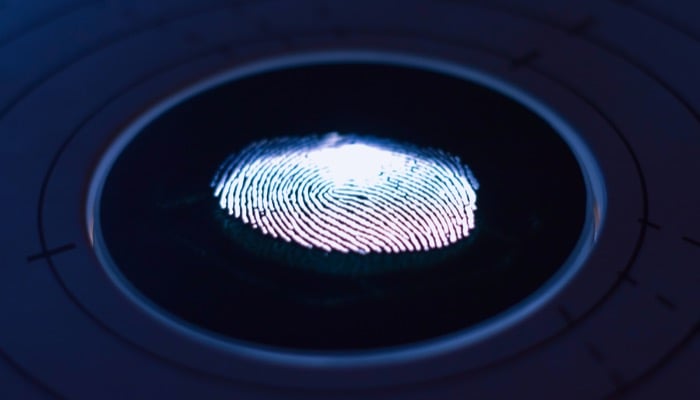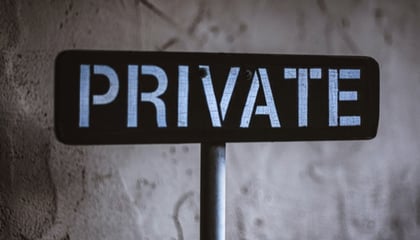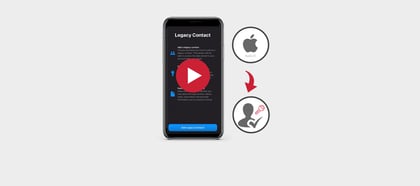
Multi-factor authentication. It, true to name, multiplies the level of protection and security your accounts have. And it only takes a few seconds.
This is why it's so surprising so many users still don't have it enabled.
CISA, the United States Cybersecurity and Infrastructure Security Agency, is tackling this reality by adding single-factor authentication to its list of bad practices.
Single-factor authentication is a low-security method of authentication that requires only entering a single factor- like a password to a username- to gain access to an account or system.
By contrast, multi-factor authentication requires multiple steps which can include biometrics and an authentication portal on a different device.
Lack of multi-factor authentication should be avoided as much as possible, according to cybersecurity experts. CISA in its list of bad practices describes the use of single-factor authentication for remote or administrative access systems in particular as "exceptionally risky"
The use of strong multi-factor authentication is recommended by the organisation in all cases. Especially as hackers are becoming quicker and more efficient at hacking even the strongest, most complex passwords.
Organisations in all sectors are encouraged to review CISA’s Bad Practices list and take steps to address any security weaknesses they may have overlooked.
If you haven't done this, consider reviewing the agency’s guide on implementing strong authentication and applying these best practices asap.
Photo by George Prentzas on Unsplash





